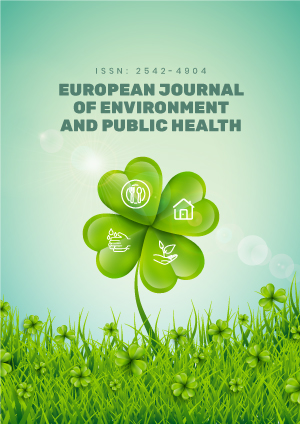Abstract
Objective: The study aims to assess the level of Saudi Hospital Disaster Preparedness (HDP).
Methods: This study has utilized exploratory quantitative design with a structured self-administered questionnaire. It has adopted a convenient sampling technique, which has included nine hospitals within three Saudi Cities (Riyadh, Jeddah, and Dammam). The questionnaire contains 48 indicators in six HDP domains: planning, structural, non-structural, management, functional, and human resource competency capacities.
Results: The level of Saudi HDP was 69.8%. The domain of management capacity had the highest level of preparedness, at 83.6%, while human resources competency capacity was the least prepared, at 63%. The Spearman correlation revealed a positive significant relationship between preparing to respond to a disaster when occur and all HDP capacity indicators, r (46) = 0.424, p = < .001. A one-way ANOVA test showed a significant difference in HDP between the three cities; Riyadh hospitals were the most prepared, F (2, 313) = 4.343, p < .05. It also showed that there were significant differences in preparedness between the MOH, other governmental, and university hospitals; university hospitals were the most prepared, F (2, 313) = 5.087, p < .05.
Conclusion: Overall, Saudi hospitals have a high level of HDP, which indicates that they are likely to function well in the eventuality of disasters. There is a great opportunity to strengthen HDP capacities to improve hospital readiness in the medium-long term. The implemented HDP assessment tool should be built into hospitals’ systems and coordinated among involved governmental sectors.
Keywords
License
This is an open access article distributed under the Creative Commons Attribution License which permits unrestricted use, distribution, and reproduction in any medium, provided the original work is properly cited.
Article Type: Research Article
EUR J ENV PUBLIC HLT, Volume 5, Issue 2, 2021, Article No: em0071
https://doi.org/10.21601/ejeph/9663
Publication date: 23 Jan 2021
Article Views: 4171
Article Downloads: 3720
Open Access References How to cite this article
 Full Text (PDF)
Full Text (PDF)